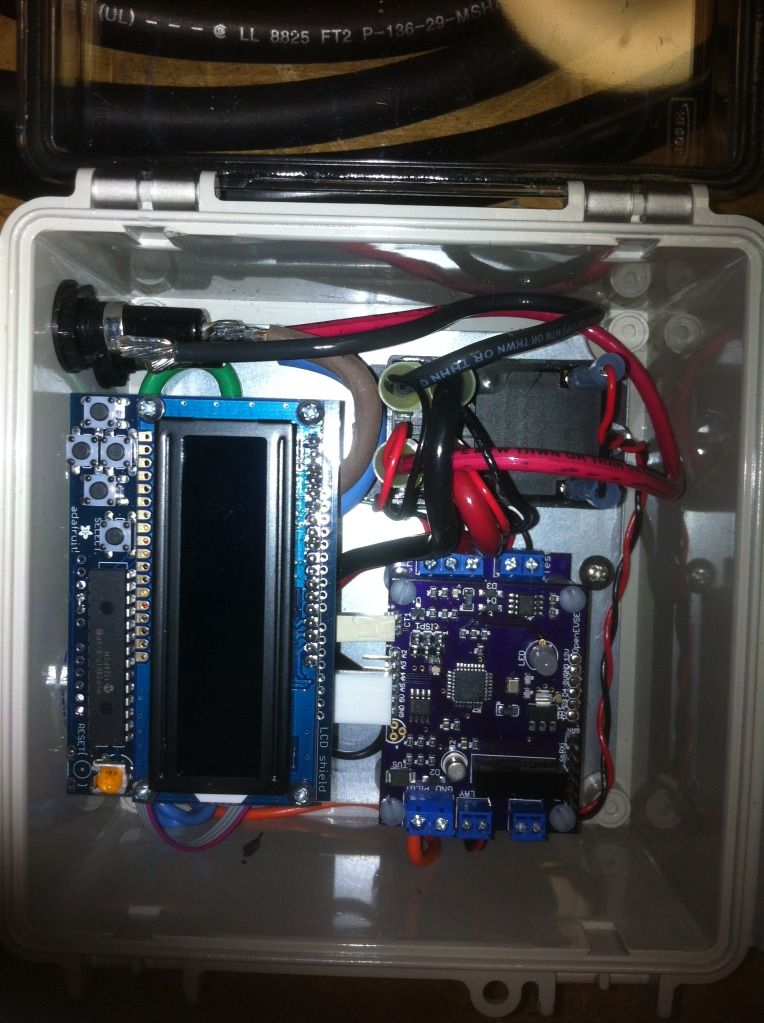mitch672
Well-known member
chris1howell said:Gary... I have news on adjustable-MaxAmps, lincomatic has gaven his permission to include his Button Menu code in OpenEVSE. I will be releasing a new version 0.5.0, which included the additional safety features and Adafruit RGB LCD support in the next day or two. Next, I will start working on 0.6.0 to include the Button Menu code and enhancements to the Commamd line interface.
Can't wait Chris, my portable OpenEVSE is awaiting the code to test
Mitch





